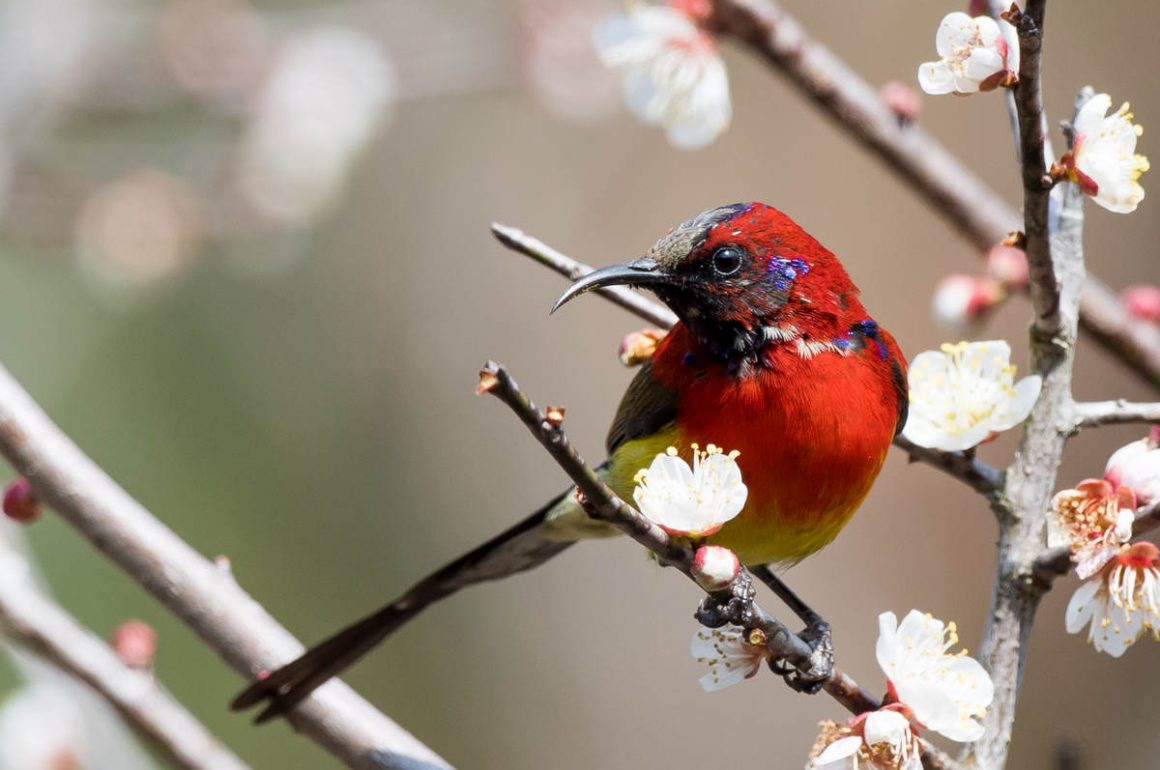
This is like a post from somebody with a malfunctioning – or at least frivolously used – time machine. I visited Tengchong in late 2020 and wrote about it – but I also went there earlier, in 2017, and this post shows some photos I took during that trip, along with the usual comments that seem to be much more about ridiculing my fellow humans (especially ornithologists and the like) than providing useful information on birds.
For example, a researcher and presumed ornithologist set out with two hypotheses related to the Ashy Drongo (and another drongo species) and wrote a paper about it. Unfortunately, the Ashy Drongos did not exactly do what he predicted that they would do – mob potential predators more frequently during the breeding season and mob the more dangerous predator (in this case, the Black Eagle) more intensely. Fortunately, in science, there is often a way to turn a defeat into a victory – in this case via the author just coming up with a new hypothesis, “if black eagles use the frequency or intensity of mobbing as a clue to locate nests, a lack of seasonal difference in mobbing behavior by drongos may be an evolutionary adaptive strategy.” Nicely phrased, too – who would want to argue with an “evolutionary adaptive strategy”? Well, maybe some hardcore creationists, I guess. For them, God probably was the one instructing the drongos to mob one species but not the other.
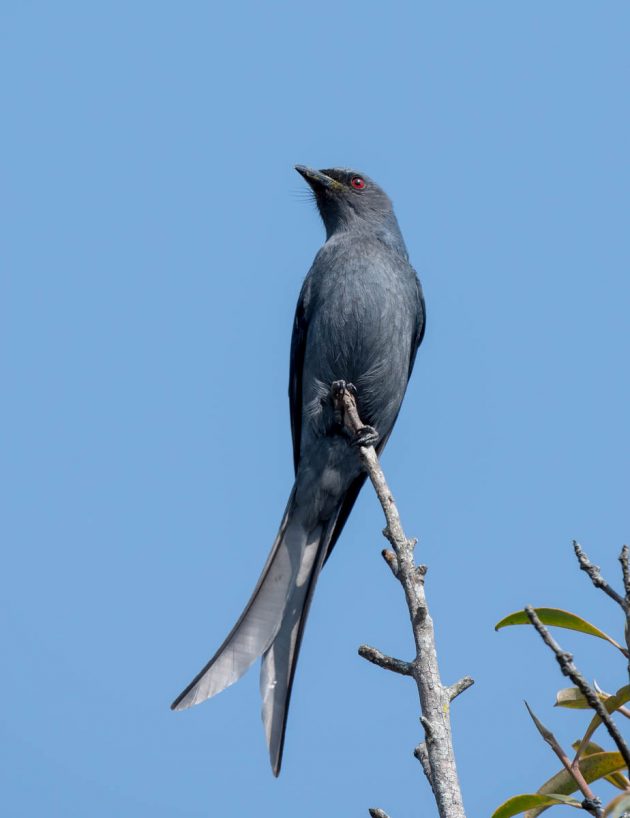
“Whatever the damned drongo does, I am sure there is a paper in it” (ornithologist’s motto)
I know. Why show photos of species as boring as this Ashy-throated Warbler? To pretend I am a real expert birder who actually cares for these poor excuses for winged creatures? I’ll leave that to the professional bird guides. You know who you are. Either you are only in it for the money, or you are truly weird.
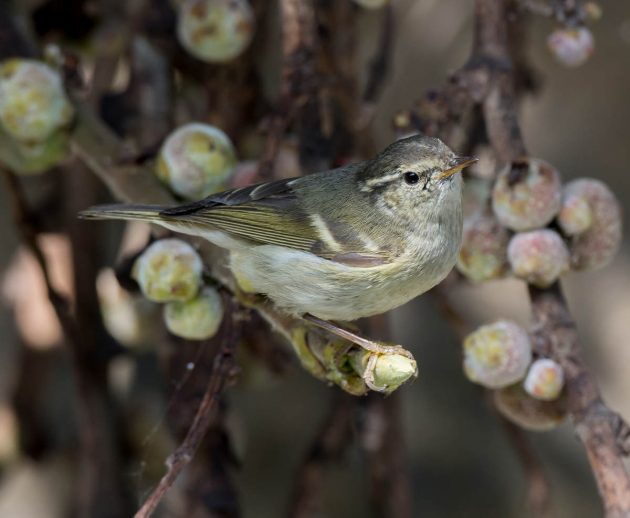
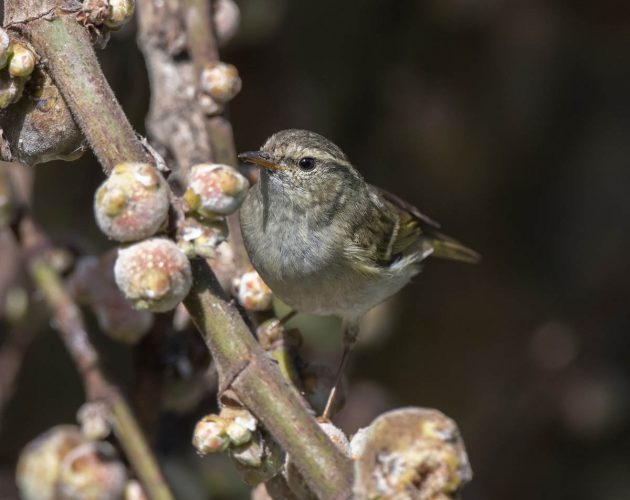
I cannot tell whether the Black Bulbuls shown below are male or female – which for once is not a sign of my limited skills as a birder but because both sexes indeed look alike to humans. However, a life bulbul might be able to tell the sex (though not from the photos) – apparently, there are sex differences in the UV light range, which birds can see while we cannot. Helps birds to avoid flirting with species mates they have no sexual interest in.
Oh, and if you want to impress someone or talk to an ornithologist about it, make sure to refer to it as sexual dichromatism. They will love you for it, I promise.
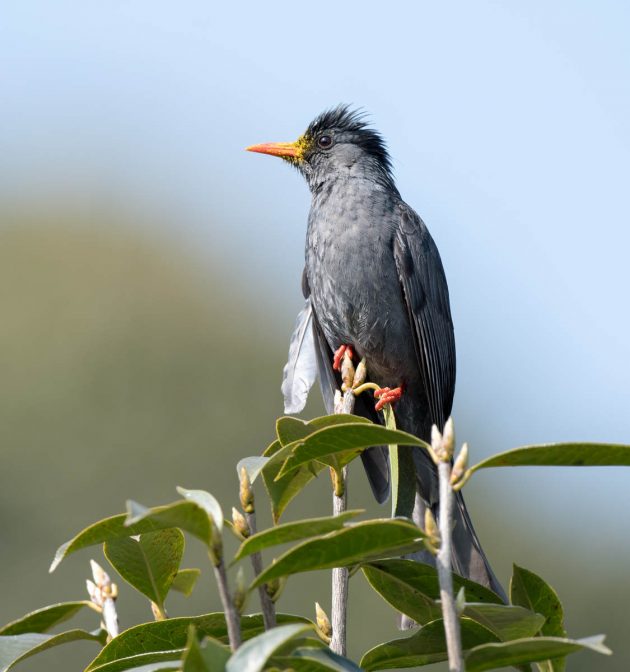
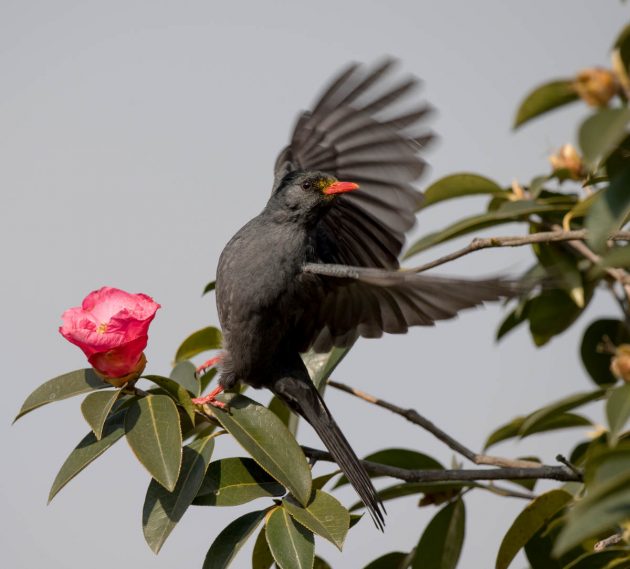
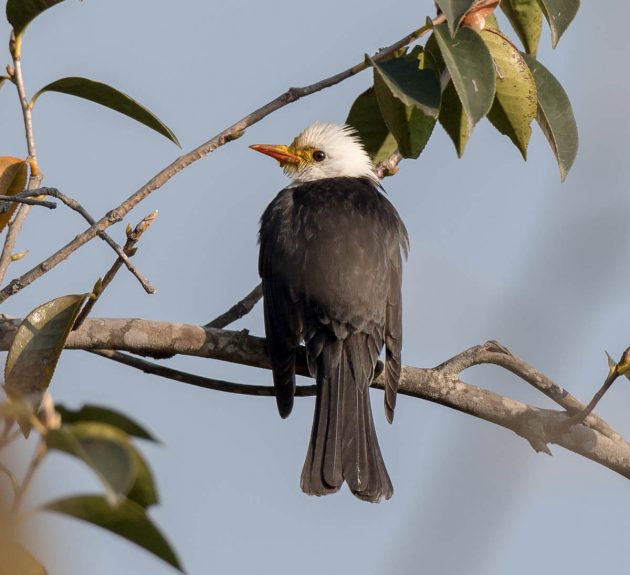
The Latin name of the Black-headed Greenfinch is Chloris ambigua. Chloris means green but also has a slightly more interesting backstory, according to the HBW:
“In Gr. myth. Chloris was one of the daughters of Pierus, who, having failed to best the Muses in a singing contest, was transformed into a finch.” I wonder if the rules of the European Song Contest could also be adapted, with the worst performers being turned into birds or maybe turtles.
If you do not like that explanation, the HBW has another one:
“khloros green (cf. Gr. myth. Meliboea, a daughter of Niobe and Amphion, who was so traumatized by the slaughter of her siblings by a vengeful Apollo that she turned pale and changed her name to Chloris, the pale one)”
I think it is very nice of the HBW to give you some choices in this matter.
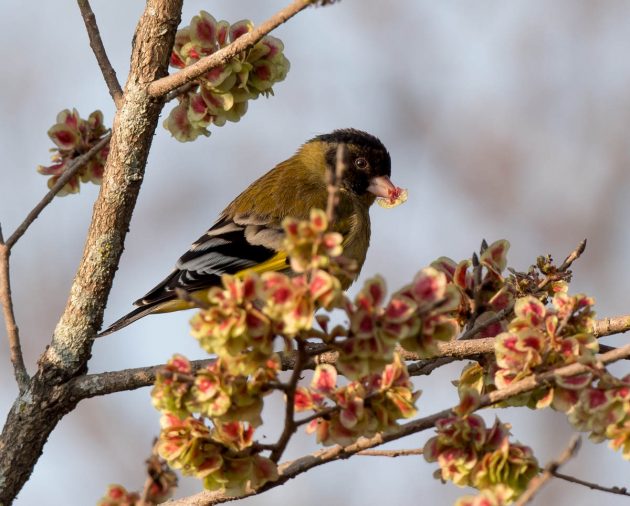
The ambigua part, however, seems to come from the fact that the person originally describing this bird was not sure whether this was actually a new species or just a slightly different-looking Grey-capped Greenfinch (ambigua means doubtful or uncertain).
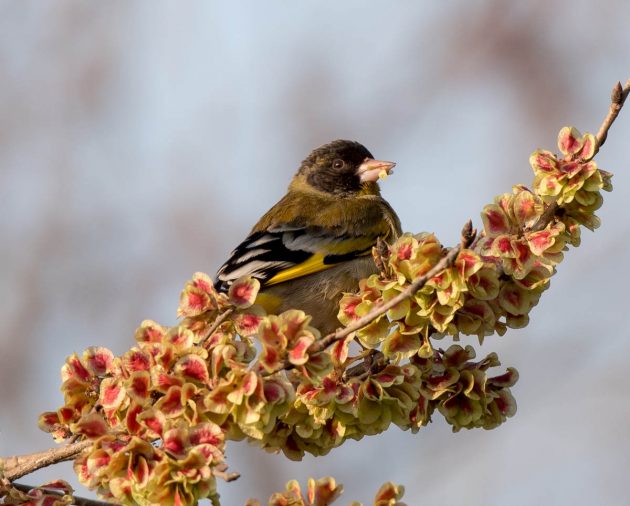
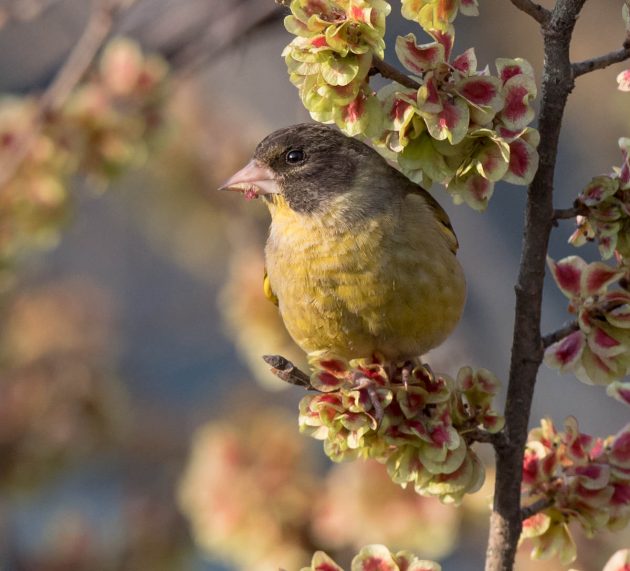
While I would not want to encourage anyone to put birds in cages, it is interesting to read about the experience of somebody breeding Black-headed Sibias in captivity.
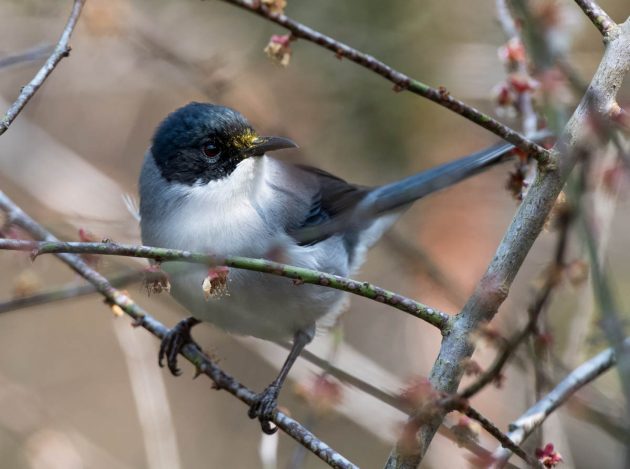
If you do not want to be put in a cage, it presumably helps to be a bit aggressive. The author of the paper mentioned eventually decides not to continue breeding this bird as he thinks that when breeding it is too aggressive for community aviaries.
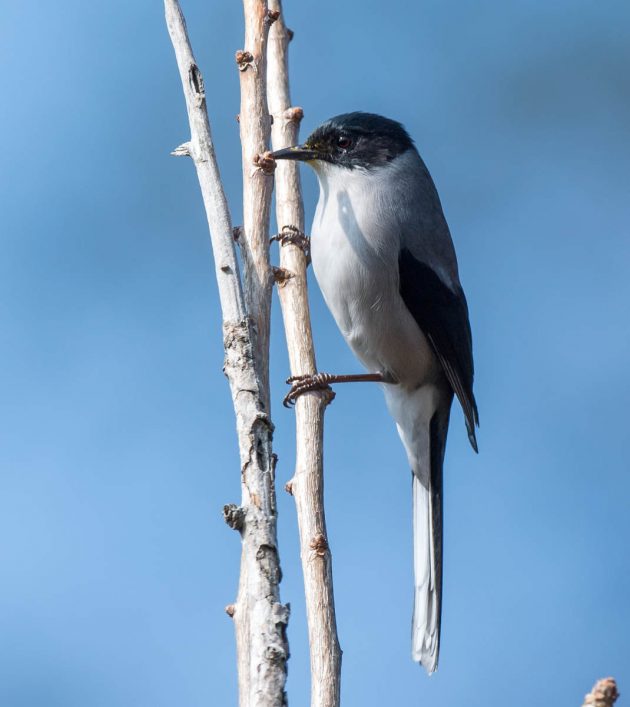
Female readers may prefer the Black-throated Bushtit to the Silver-throated Bushtit. The male Black-throated Bushtits participate in incubation, the somewhat more macho Silver-throated Bushtits do not (source), presumably spending more time in pubs while leaving the rather boring job of sitting on a bunch of eggs for days on end to their female partners.
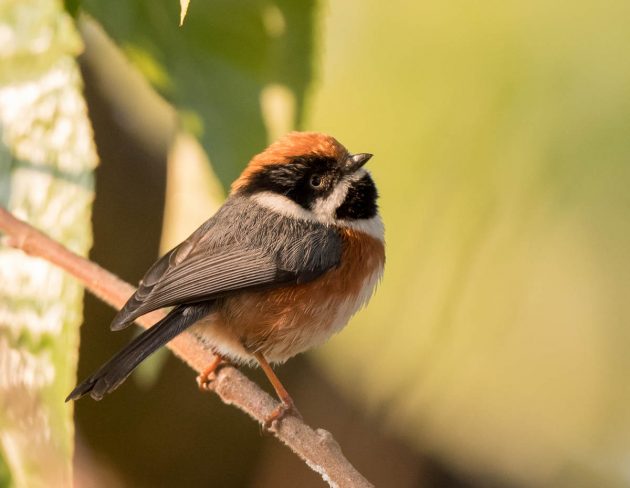
Admittedly, it is not a very good analogy, but pop songs often have a part that is called the middle eighths – a part that is different from the rest of the song, often instrumental, and (I suspect) sometimes the part allowing the singer or some other musician a little break (though I am sure real experts in this area will dispute this). The equivalent in this blog post is a section without words featuring the Blue-fronted Redstart …
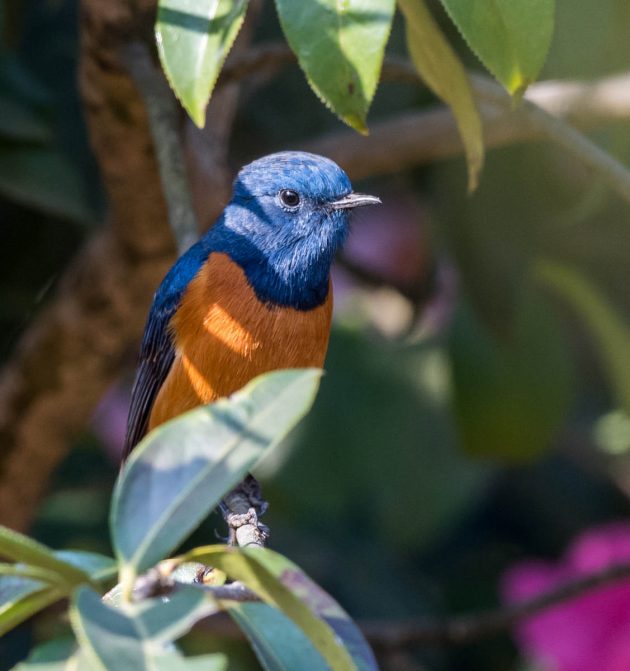
… Black-breasted Thrush …
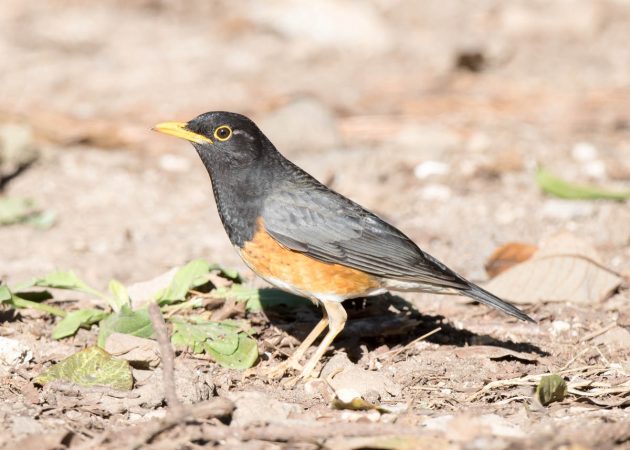
… Blue-winged Minla …
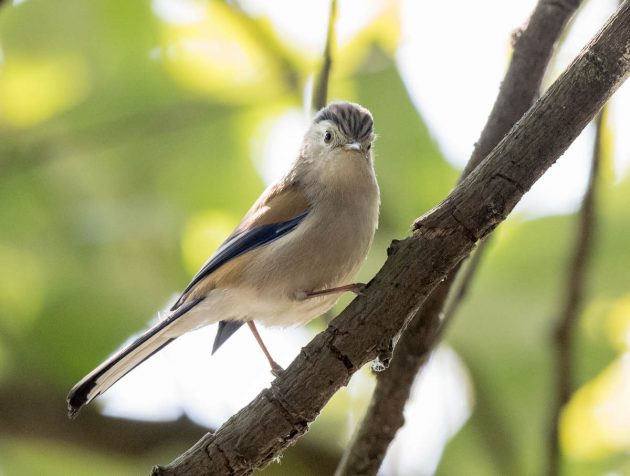
… Rufous-gorgeted Flycatcher …
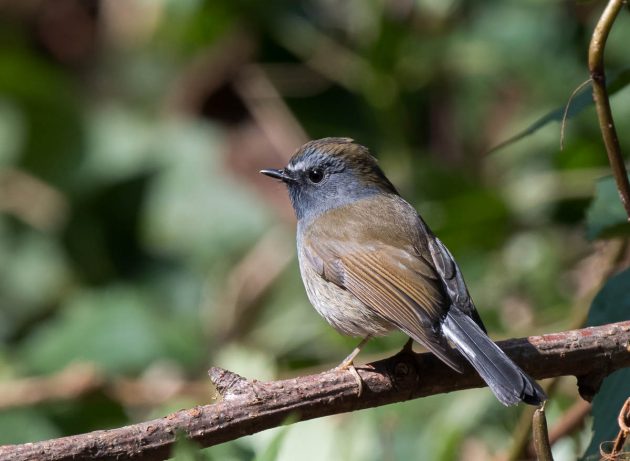
… and the Small Niltava.
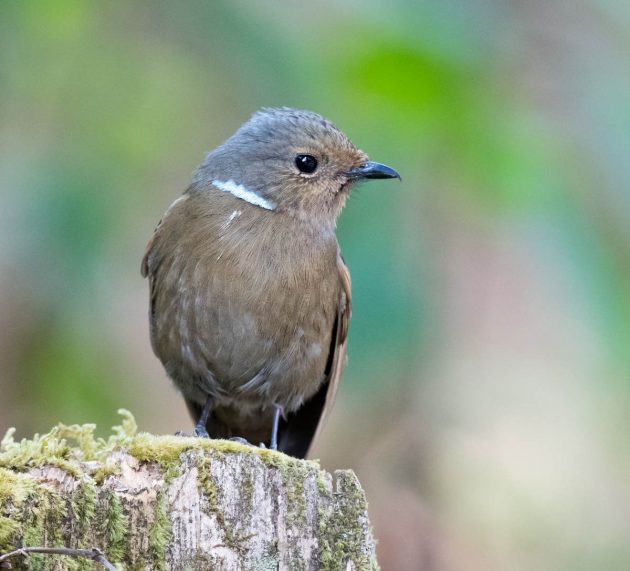
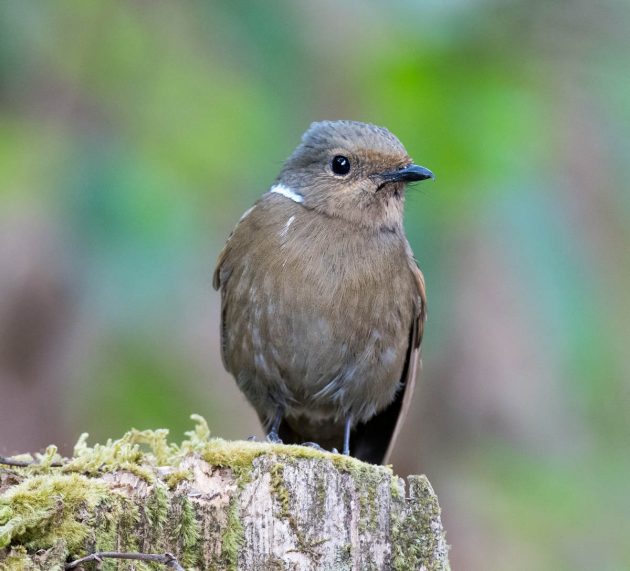
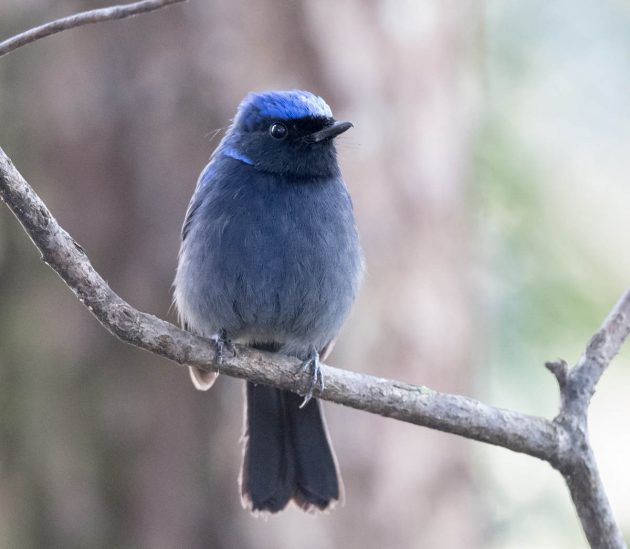
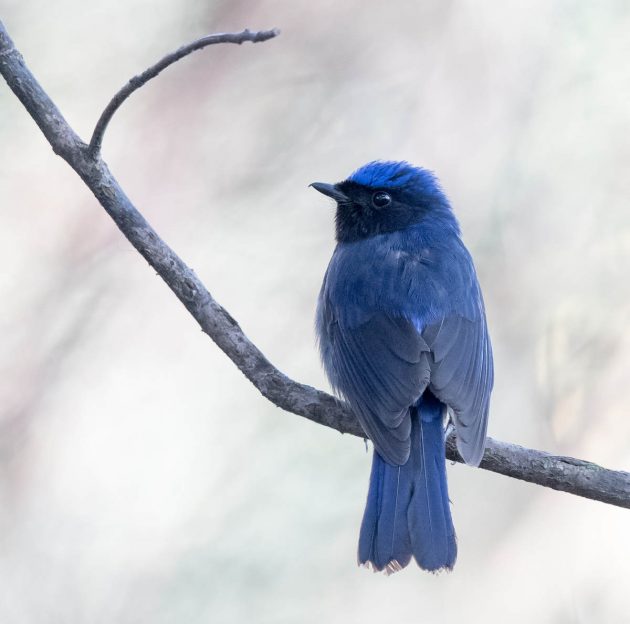
June 2022 was the first time I ever saw the Brown-breasted Bulbul in Shanghai – a first for Shanghai at least on eBird. Of course, here in Tengchong, it is a very common bird.
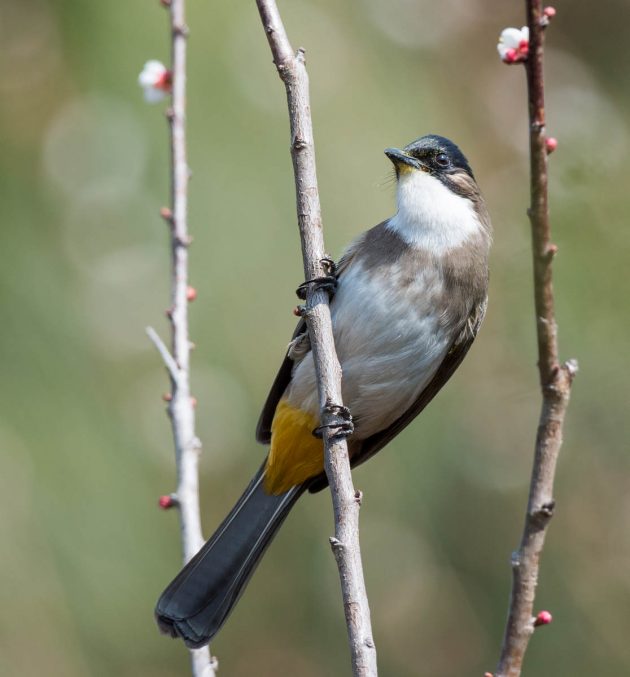
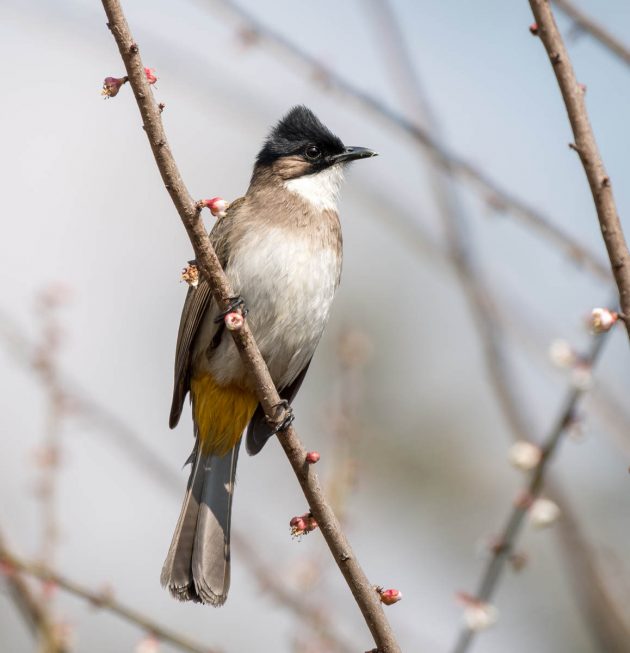
The Brown-winged Parrotbill looks quite similar to the Vinous-throated Parrotbill common in Shanghai. Marketing people would probably also say that it shares the same USP, cuteness. If you do not know what USP means, you are definitely not a marketing person yourself.
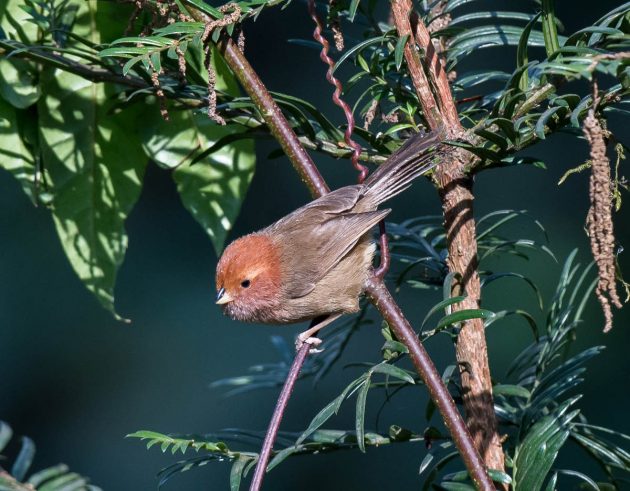
I do not necessarily want to come over as the cranky older man I probably am, but papers such as the one titled “Pleistocene glaciation explains the disjunct distribution of the Chestnut-vented Nuthatch (Aves, Sittidae)” do make me wonder how relevant some research is. Well, the 6 authors got a grant for their work, the paper has been cited 9 times already, and the abstract ends with the exciting last sentence, “We propose that the Wuyi disjunction of the Chestnut-vented Nuthatch was most likely due to recent range expansion from south-western China during the glacial period, followed by postglacial range retraction”.
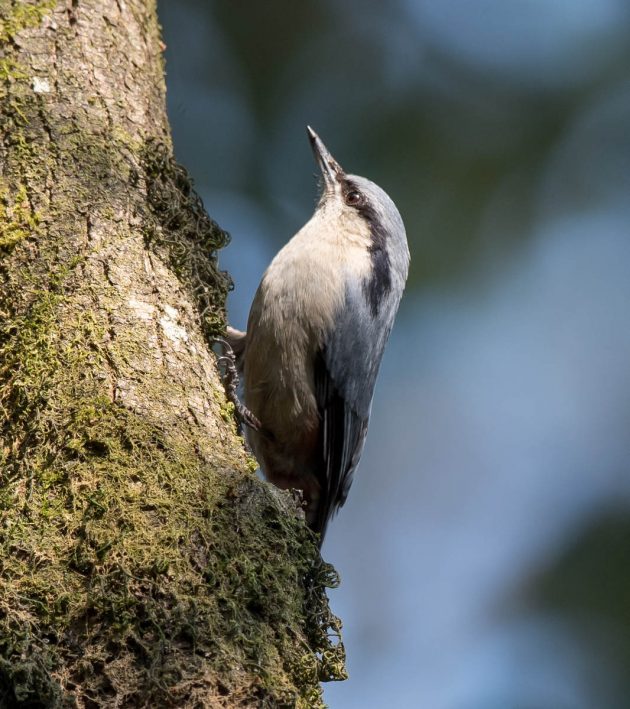
“Postglacial range retraction – is that something like postpartum depression?”
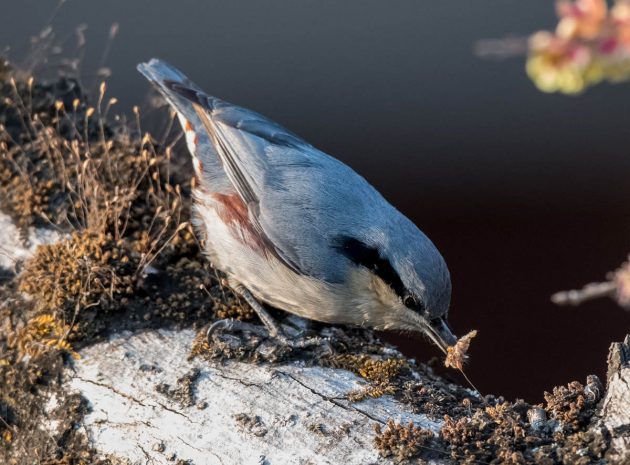
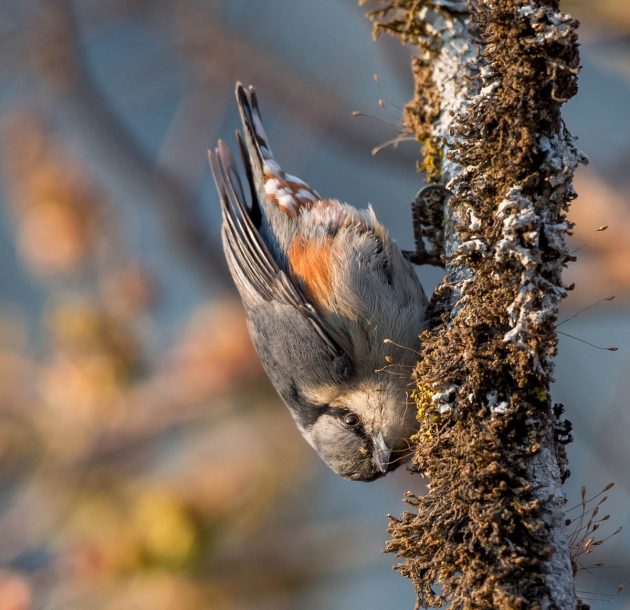
From Memphis, Tennessee directly to Tengchong, Yunnan: The Crested Finchbill. But different from Elvis at least in his later, more paranoid and reclusive phase, the bird is described as “bold and approachable” by eBird.
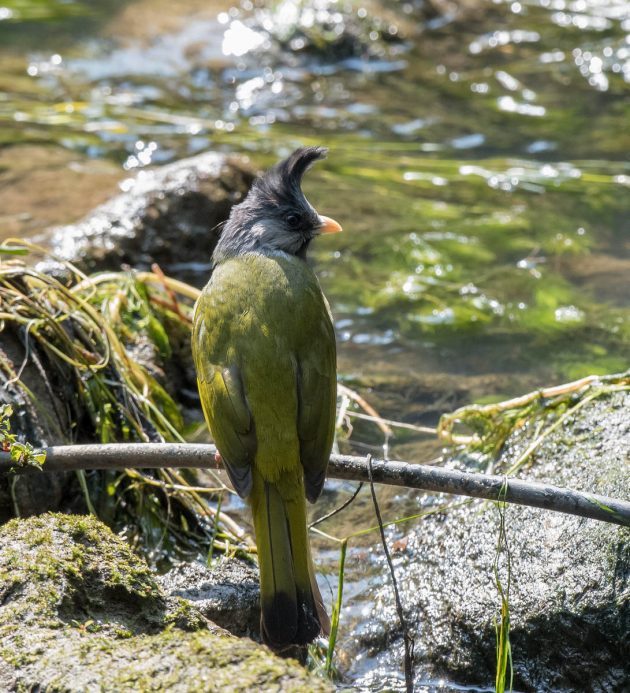
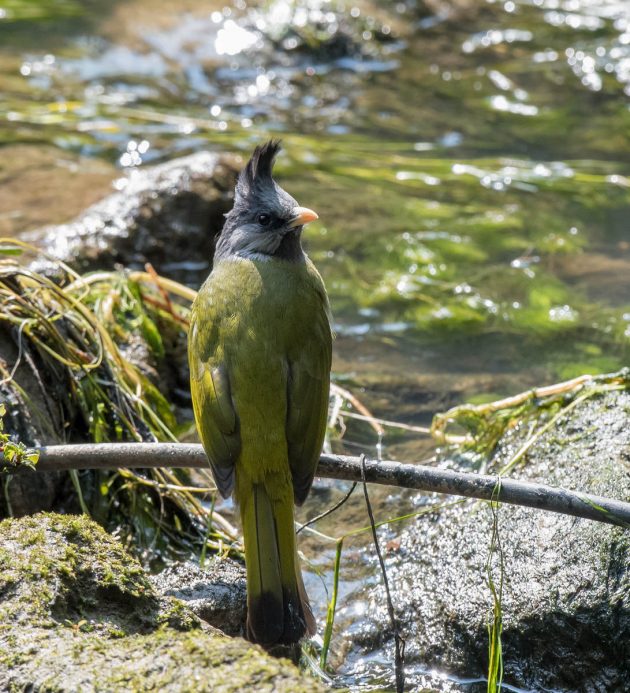
The Crimson-breasted Woodpecker (if indeed this is one) is one of many bird species about which not that much is known. This is a male – the females do not like red on their crown and have it dyed black, they think it makes them look younger.
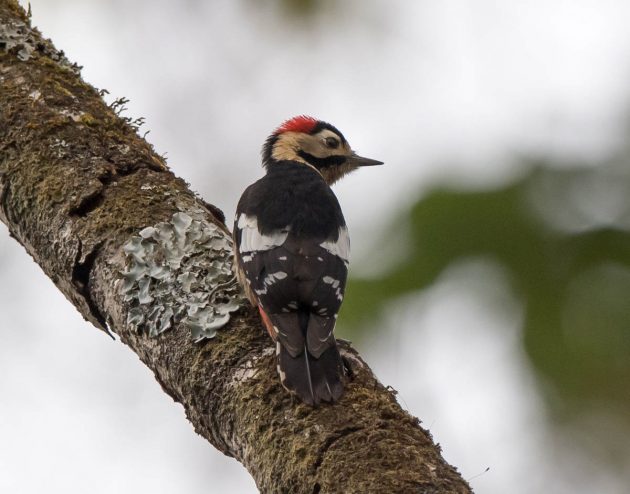
In Indonesia, Grey-capped Pygmy Woodpeckers can be ordered online – offers are posted in closed Facebook groups. In 2015, the price for this bird was 35 USD (source). So, there are some positive aspects of Facebook being blocked in China.
The red bit on the crown indicates that this is a male. Not sure whether these are more or less expensive than females.
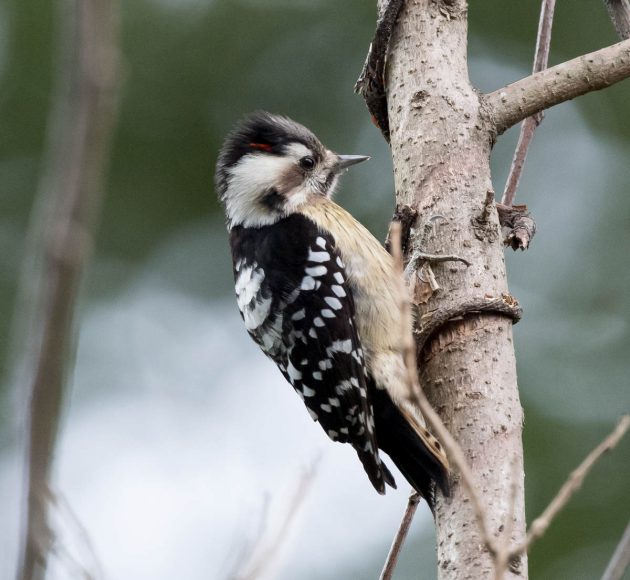
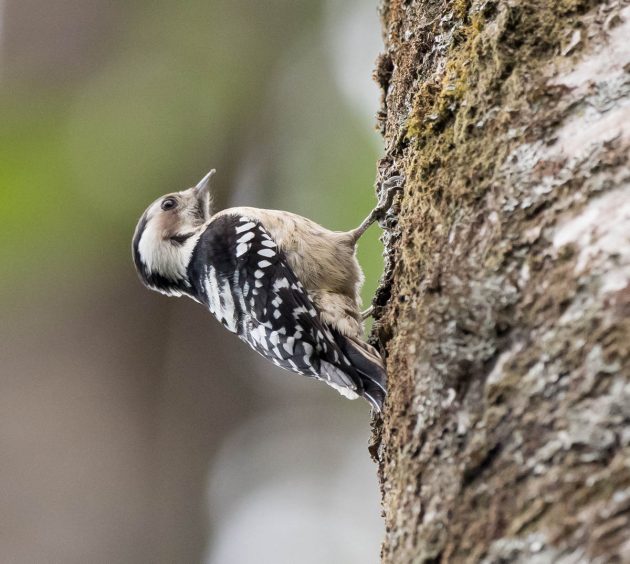
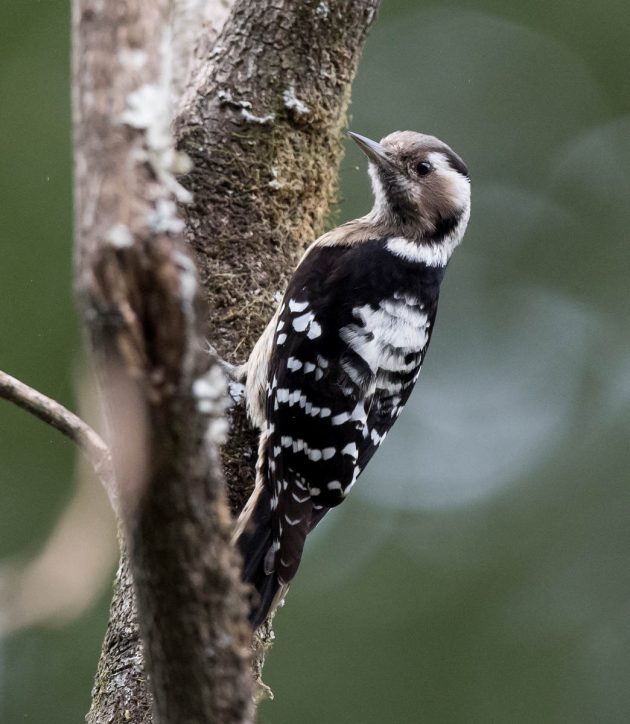
The Blue Whistling Thrush is also available online in Indonesia (see source above), but no price is indicated – the paper remarks that “Not all posts included a price because some sellers prefer to auction birds”.
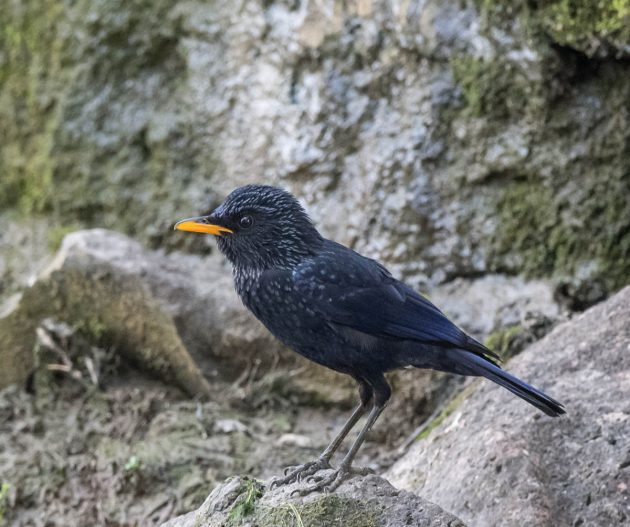
While we birders probably mostly judge birds by their own merits (whatever those may be), other people have other criteria. In a paper, different bird species were evaluated for spreading the seed of an endangered Chinese yew. It seems the Mountain Bulbul is doing this better than the Light-vented Bulbul. Of course, if the yew is located in places with few Mountain Bulbuls (in this case, a botanical garden), this is bad news for the yew.
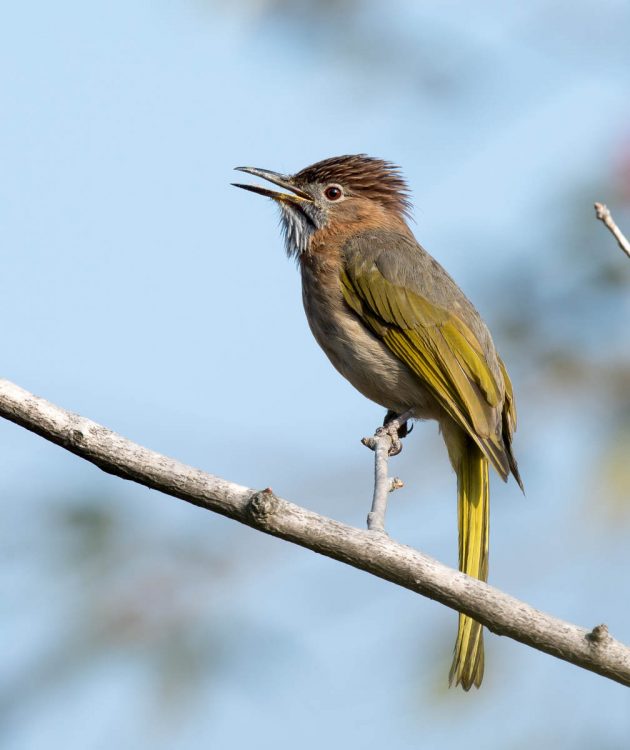
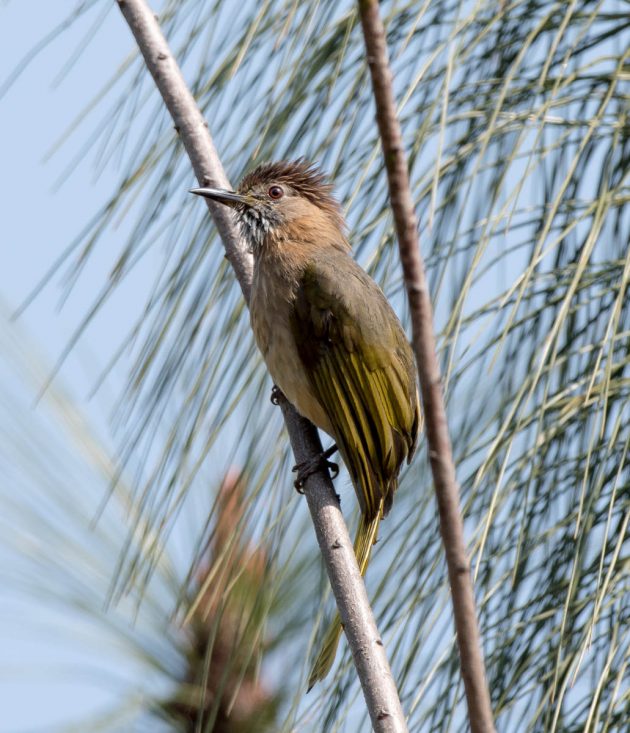
As I have probably mentioned before, Ms. Gould’s Sunbird is named after Elizabeth Gould, who was the wife of John Gould but (probably more importantly as a justification to name a bird after her) the principal artist providing the drawings in the books of the Gould husband and wife team.
There actually is a fictional autobiography of her written by Melissa Ashley – probably a bit too esoteric for me to read, but maybe you are interested. Donna, something for you to review, maybe?
Parts of her real-life biography provide an explanation why before around 1880, the life expectancy of male humans was not lower than for females and may even have been higher. Elizabeth died four days after the birth of her eighth child, when she was 37.
(I know I am veering a bit off the track here, but this is a quote from a paper on mortality trends of males and females over the ages – published in the delightfully titled “Transactions of Society of Actuaries” (this is probably about calculating premiums for life insurances, not about lengthening life spans): “Historically, the male tended to survive longer than the female, a situation that appears to have persisted from the origins of our species until well into the modern era. The great risks associated with childbirth since antiquity began to be overcome as a result of medical advances on a broad front, improvements in midwifery, and rising social status of women in general”)
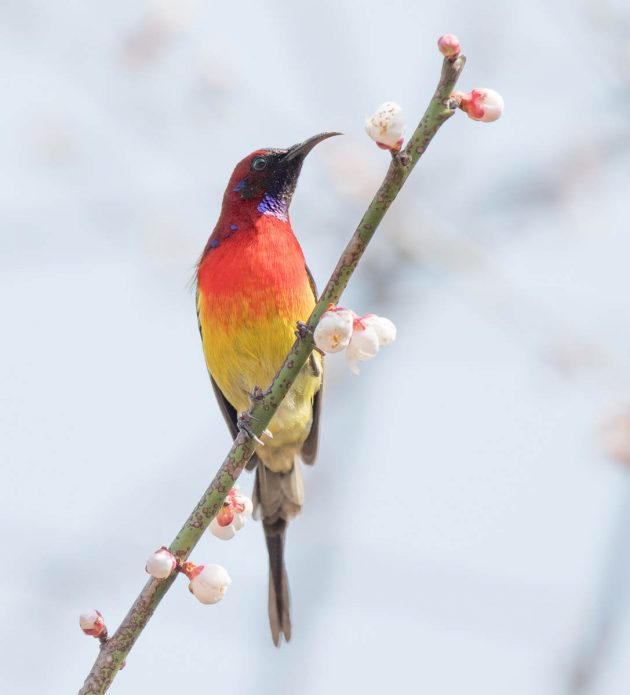
However, I still find it a bit counterintuitive to have a bird name start with “Ms.” when in that species, the male is so much more attractive than the female.
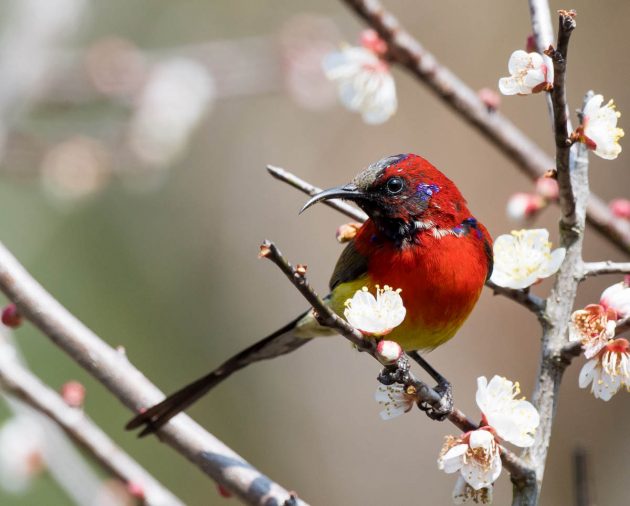
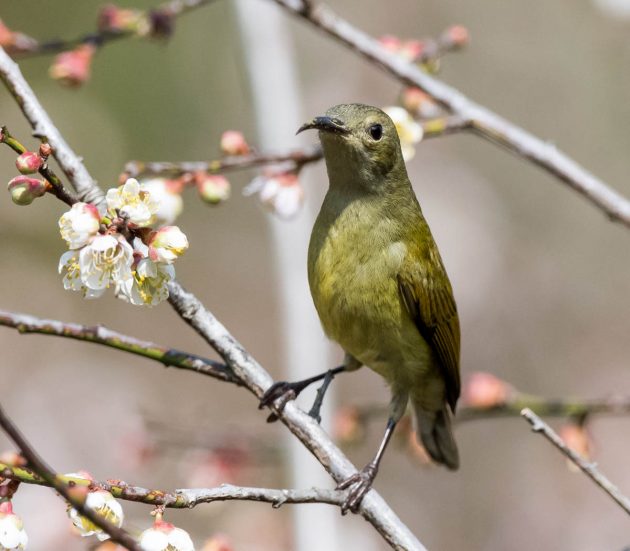
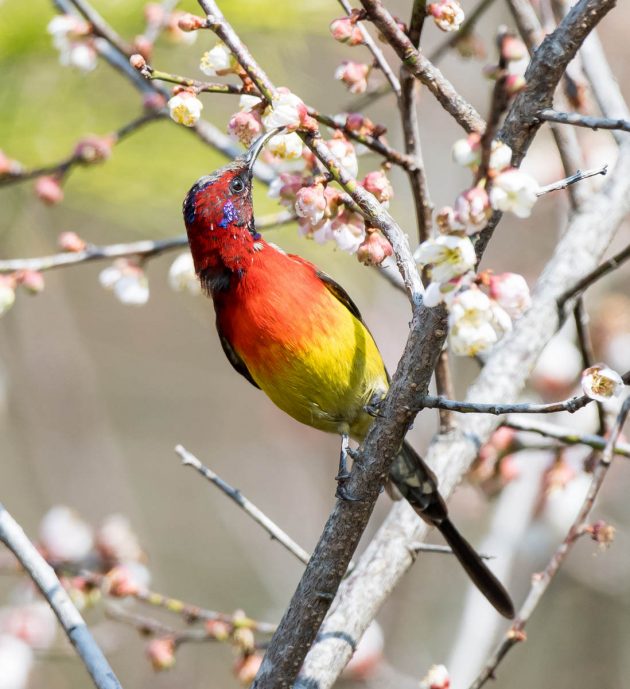
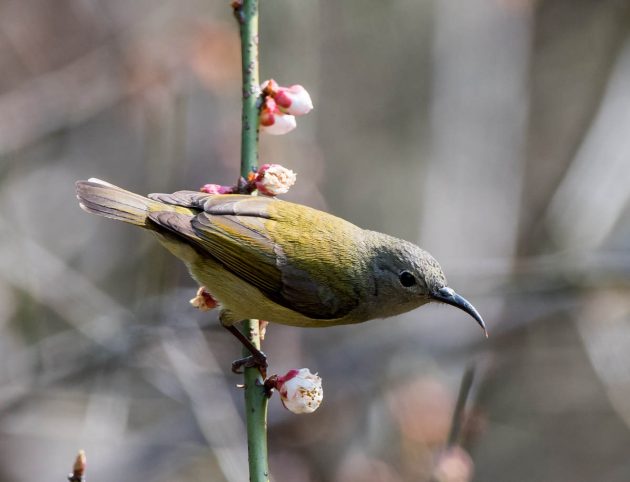
If you like understated beauty, maybe the Grey Bushchat is your bird of choice.
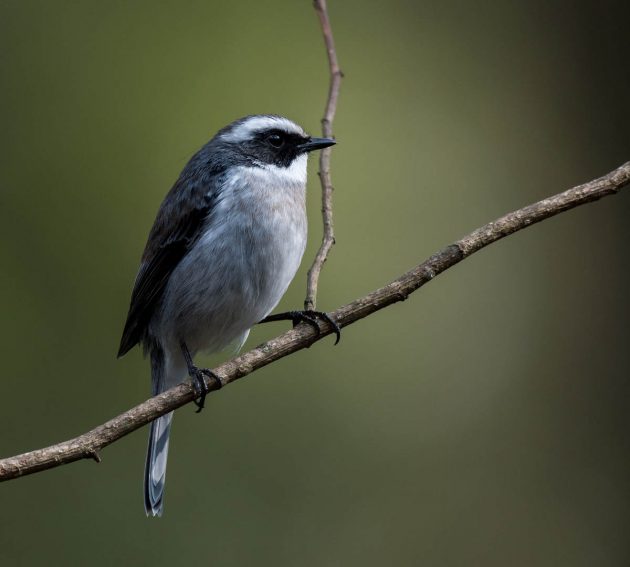
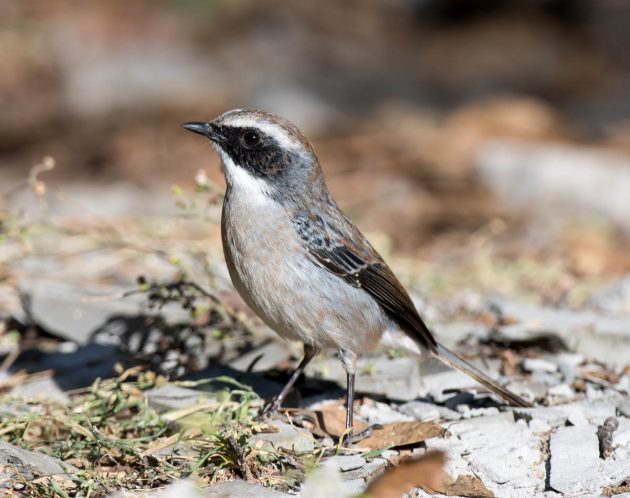
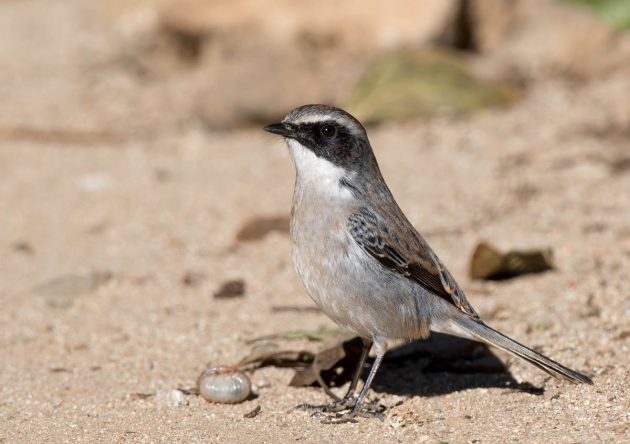
If instead, you prefer something flashier, better go with the Orange-bellied Leafbird.
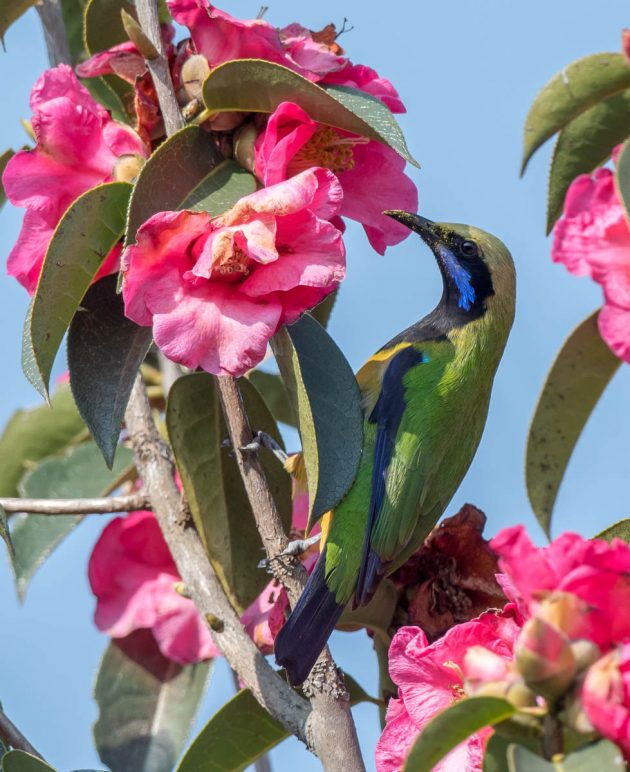
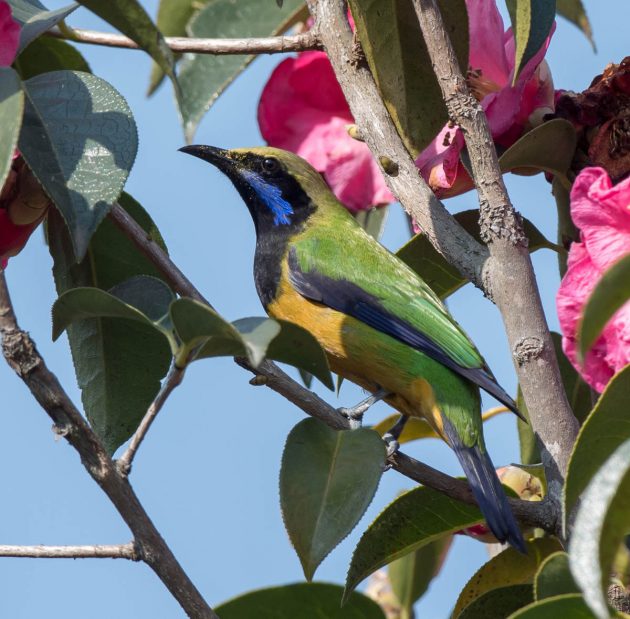
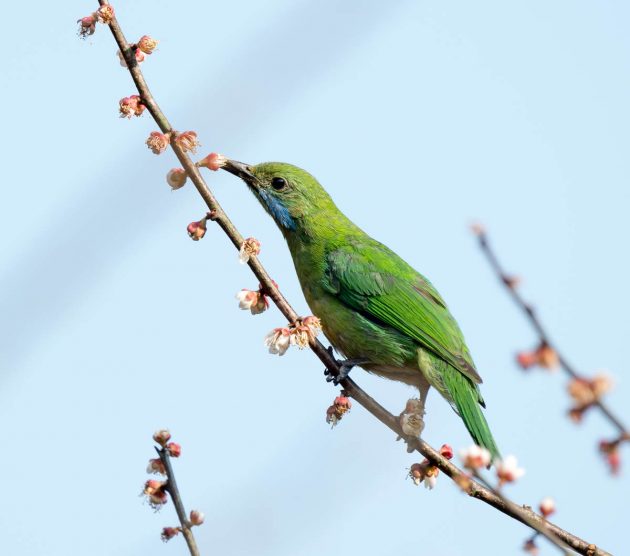
Plumbeous Water Redstarts in Indian Himalayan rivers were one of the subject species of a paper looking at how they spend their time. For this species, it is 33% roosting and 41% foraging. I guess for the modern office worker, roosting is roughly equivalent to surfing the internet and looking at non-work-related things – even the percentages seem to be kind of similar to the time budget of the redstart.
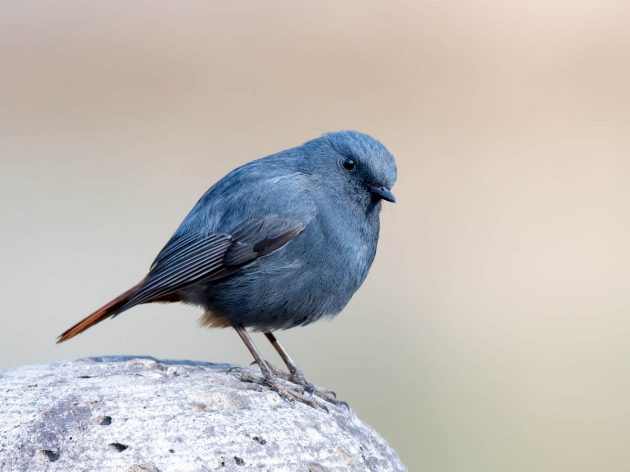
Interestingly, another 16% are spent on what the paper describes as”aggression”.
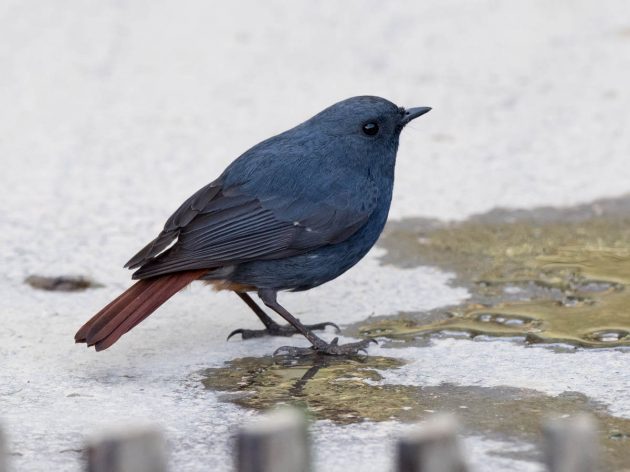
What is this aggression? The paper answers that question as well.

“We observed that the plumbeous water-redstart spent a portion of its time defending its territory or microhabitat, especially driving out White-capped Water Redstarts“.
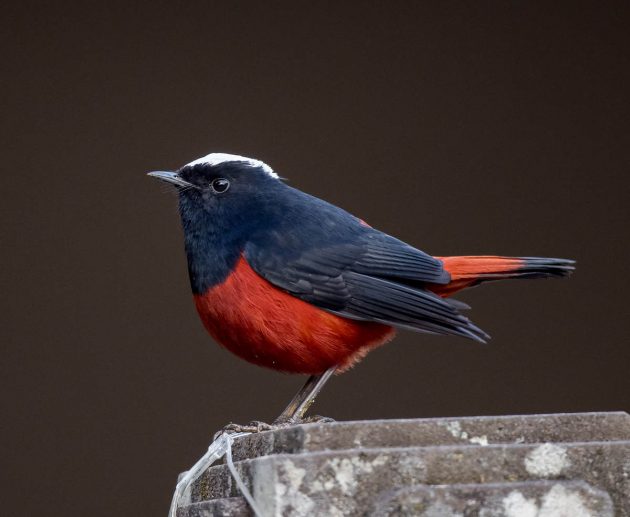
As a consequence, the White-capped Water Redstarts have a different time budget: 30% roosting, 52% foraging, and 10% “escape” – presumably mostly from those bullying Plumbeous Water Redstarts, shame on them. Fortunately, probably most office workers spend a lower percentage of their work time than that to avoid bullying coworkers.
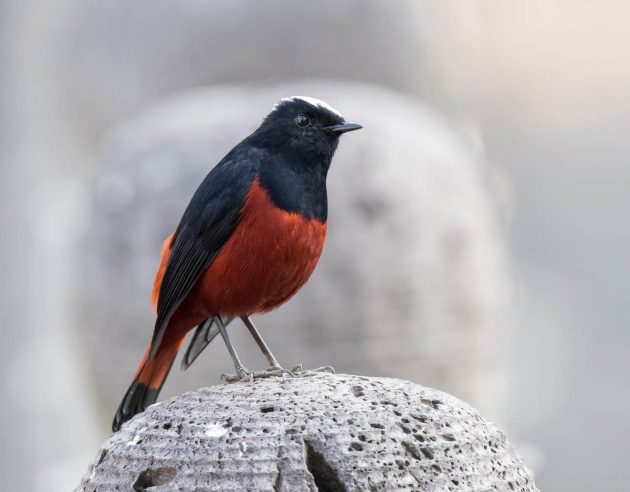
The Himalayan Bluetail looks like a deluxe version of the Red-flanked Bluetail we have in Shanghai in winter. Or as eBird puts it, the distinction is in the “Himalayan’s brighter blue eyebrow and brighter, deeper blue upperparts in the male”.
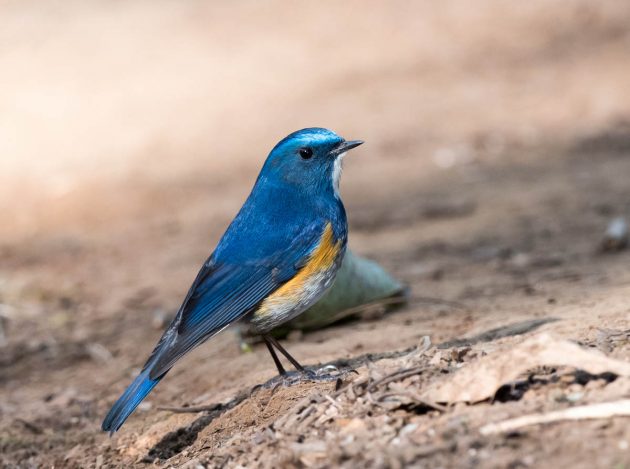
The Latin species name of the Verditer Flycatcher, thalassinos, sounds like the name of a Greek restaurant (and indeed it is, see here – it is ranked #646 of 2,470 Restaurants in Athens) but also means sea-coloured, or sea-green, suggesting that the person who came up with that name had not spent much time at an actual ocean.
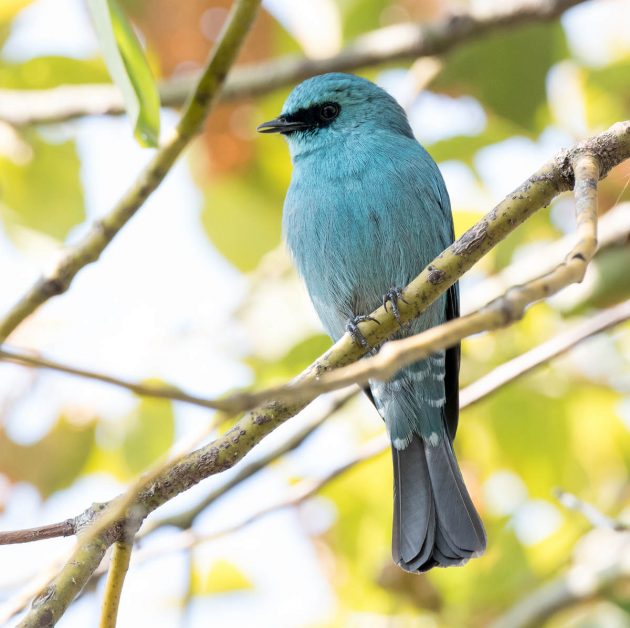
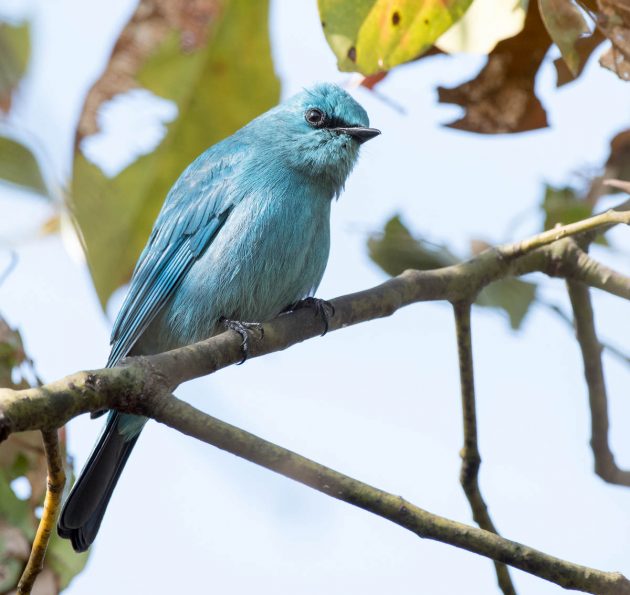
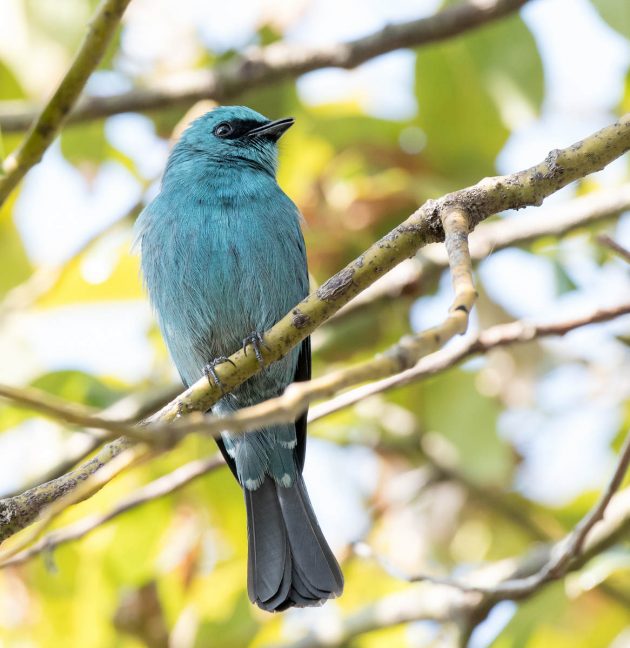
The Whiskered Yuhina has a nice Latin name – Yuhina flavicollis, or golden-necked Yuhina. That seems to make more sense than the “whiskered” of the English name.
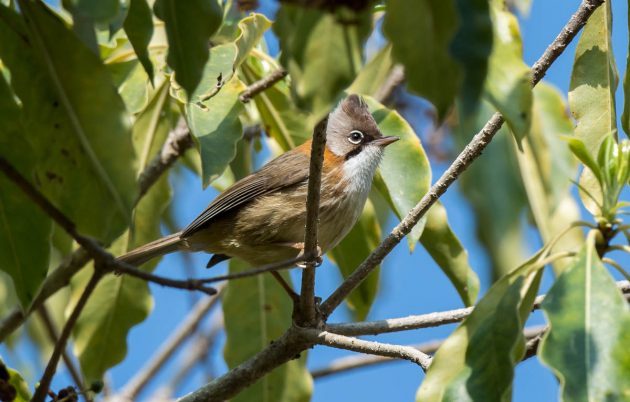
Being a Yellow-bellied Fantail seems exhausting, judging from online videos – the bird seems to be very active, always moving or at least glancing around.
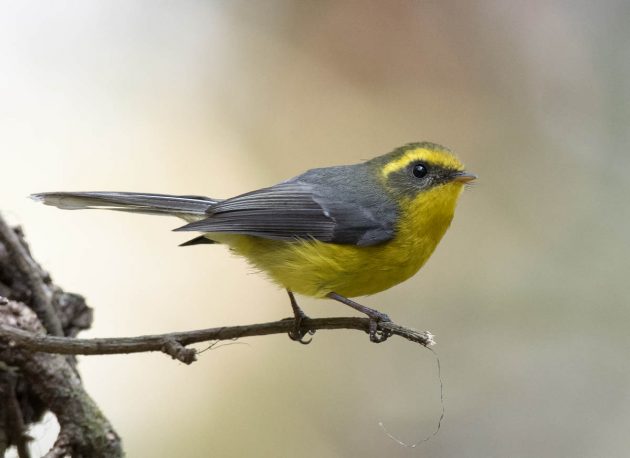
Better just to watch the bird. Another line from my favorite song about birding:
“Carpe-ing every Diem’s no achievement, it’s exhausting
If you need me I’ll be sitting over here, birdwatching”
(The Burning Hell, “Birdwatching”)











Would you mind if I lodge a claim against you for I laughed too loud and had a stomachache while reading you stuff? XD